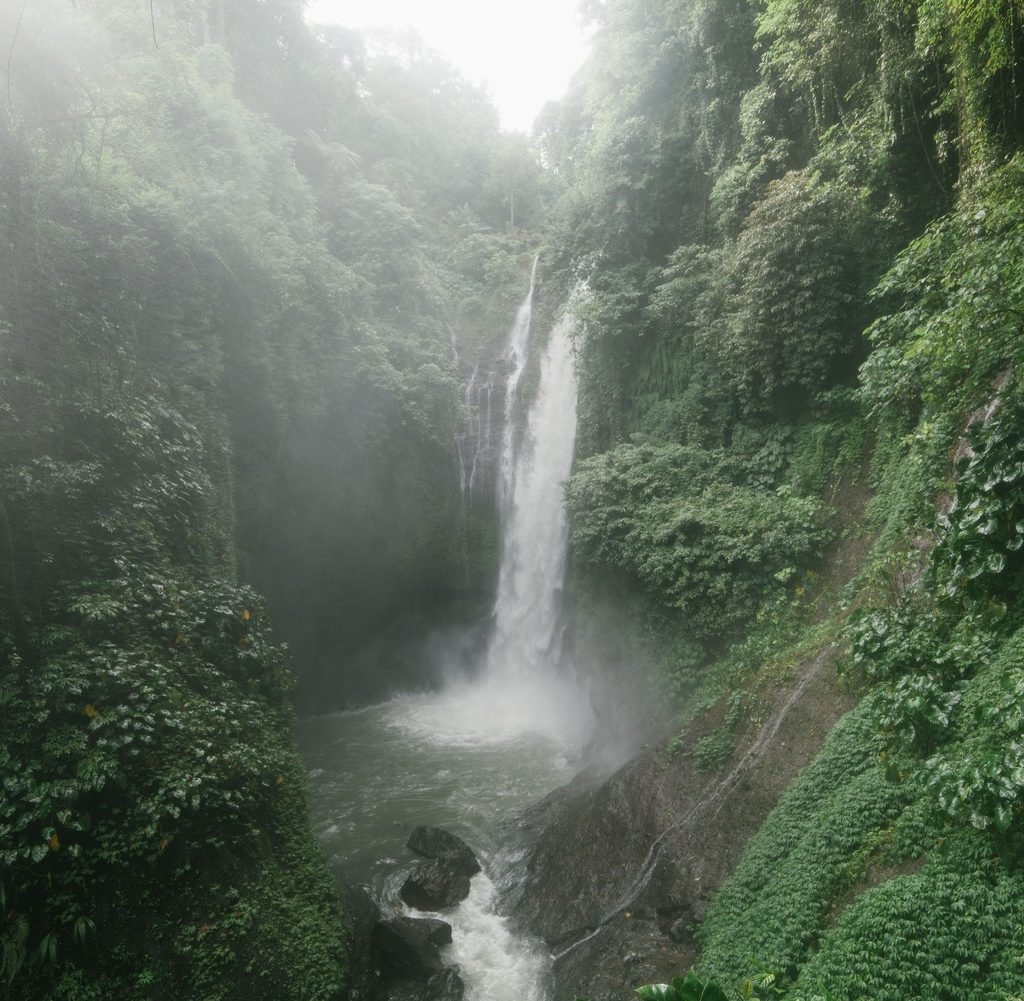In many countries, local and central governments manage most of the nation’s forests and high rates of forest loss and degradation are often attributed to the failure of state management. Forestry decentralizations have been pursued on the justification that effective forest management requires a diversity of institutions – state and non-state, including communities – to efficiently address the multifaceted problems of forest loss and degradation.
The formal vesting of some degree of responsibility and authority for forest management to farmers and communities, referred to as community forestry, is one aspect of the decentralization of public forestry.

A study by ABCG titled, Forest Cover Change in Community Forests: An Assessment of Outcomes in Five African Countries, has found that many communities face governance challenges and need help managing the forest in sustainable ways.
This study focuses on how community forestry contributes to improved forest management in Africa using a case study approach in five countries in Africa: Liberia, Gabon, Equatorial Guinea, Democratic Republic of Congo (DRC), and Cameroon.
The analysis evaluated whether community forests have experienced forest cover loss between 2001-2019, whether community forests are more or less vulnerable to forest loss than protected areas or the country in general, and whether forest loss in community forests, protected areas and the country are consistent across the five research countries.
The report provides a comparison of the results across the five research countries of Liberia, Equatorial Guinea, Gabon, Cameroon and DRC comparison. Detailed country-level findings are also available in the full report.
The rate of forest loss in community forests in the five research countries from 2001 to 2019 varied from a high of 10.2% in Liberia to a low of 4.2% in Gabon.
The different rates of forest loss in community forests across the five countries may be linked to the type and amount of forest products that are harvested, which may be related to the type and quality of the forest in the community forest.
The rates of forest loss may also be linked to the capacity of the community to manage their community forest and their ability to protect against illegal logging or other uses by outsider actors or community members. Studies have shown that communities face governance challenges and need help managing the forest in sustainable ways.
The different forest loss rates may also be linked to unique community forestry enabling conditions. Community forestry experts argue that DRC’s scheme – where forest loss rates are among the lowest – is an improvement on similar initiatives tested in neighboring countries such as Cameroon, Gabon, and the Central African Republic. In DRC, community forest concessions (CFCLs) are granted to communities in perpetuity while in Cameroon, forest rights are granted for five-year periods. DRC conditions provide a better platform for building a business plan for long-term sustainability, given that the laws allow for 10 times the amount of land for community forests than other countries and the focus is not only on timber but other income streams.
The rate of forest loss in the protected areas was lower than the rate in the community forests in all five countries. The difference in rates, however, varied significantly. In DRC, the forest loss rate in community forests was just slightly higher than in protected areas while in Cameroon, the rate of forest loss in community forests was significantly higher than in the protected areas.
In contrast, the forest loss rate at the national level was lower than the rate in the community forests in Equatorial Guinea, Gabon and Cameroon, but higher than the rate in community forests in Liberia and DRC. One possible explanation for this is that forests in Liberia and DRC may be under greater pressure and/or less protection than the forests in Equatorial Guinea, Gabon, and Cameroon.
In Cameroon forest loss rates in formal community forests were 2 to 7 times higher than the forest loss rates in the same forests prior to being established as a community forest. This finding is perhaps expected given that communities with a formal community forest have the legal authority to harvest timber and other forest products for commercial purposes while those without a formal community forests are prohibited from doing so.
As the global demand for forestland, timber, and other forest products rises and prices soar, governments must put in places safeguards and other measures to ensure forests are managed in sustainably and contribute in meaningful ways to climate mitigation. The findings from this research on CF in Liberia, Equatorial Guinea, Gabon, DRC, and Cameroon suggest that CF can lead to improved forest management and local development if the appropriate enabling conditions and incentive packages are in place to encourage sound management, and if communities have the capacity or are supported in their efforts to sustainably manage their forests. Effective CF can also help government meet the emission reduction commitments made in their National Determined Contributions (NDCs) under the climate change Paris Agreement.
Read the report for detailed country level findings and more information: Community Forests: An Assessment of Outcomes in Five African Countries

